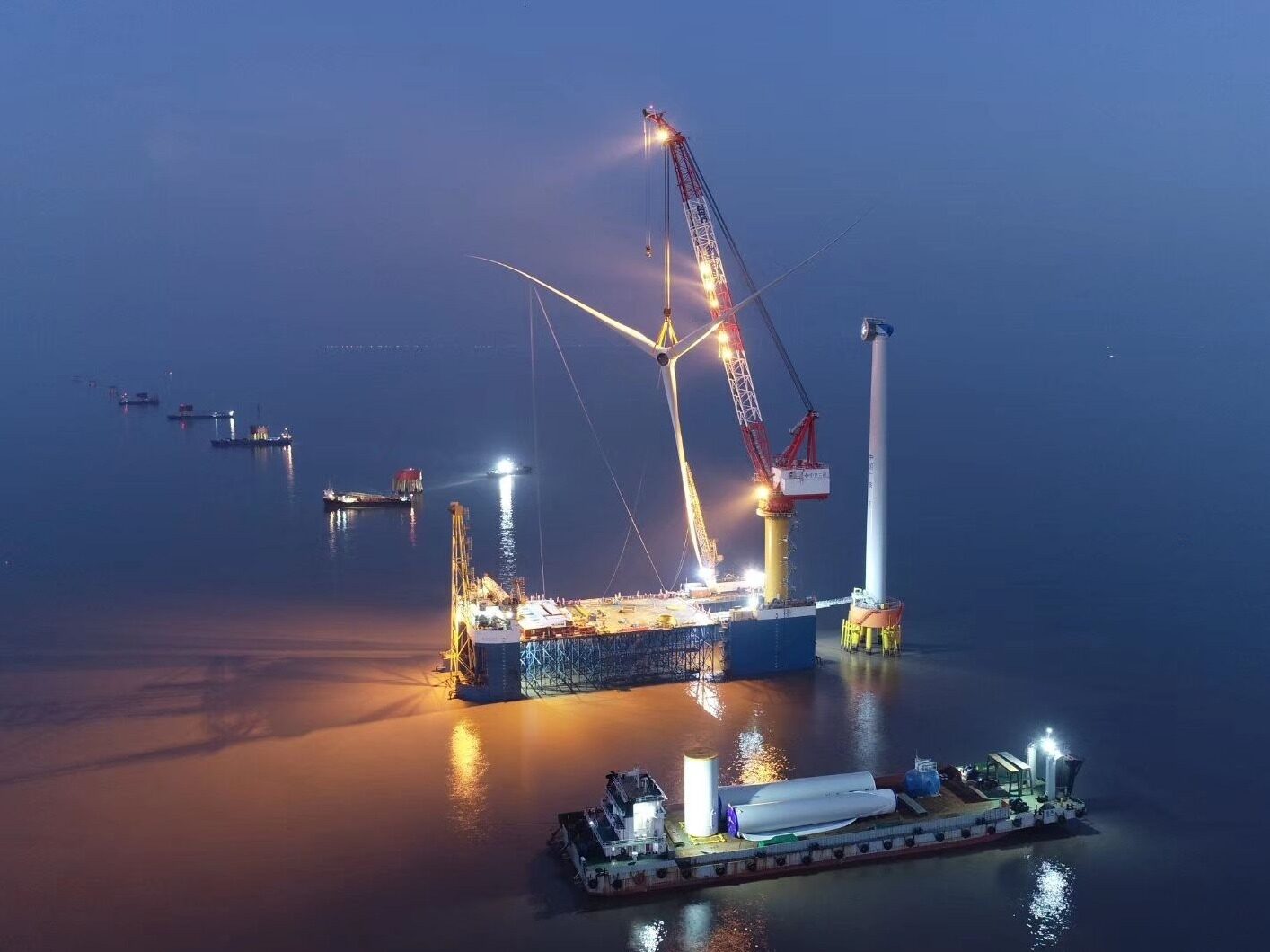
- The U.S. has been arguing over the pros and cons of offshore wind power, and new installed capacity is far below the target
Countries around the world have successively formulated carbon emission reduction plans to make the development of new energy sources such as offshore wind power the only way to go. In March 2021, the U.S. government set the goal of “adding at least 30 million kilowatts of offshore wind power installed capacity by 2030”. However, the development of the offshore wind power industry in the United States has encountered successive obstacles from the energy industry and beyond, as well as the U.S. Congress. The industry generally believes that widespread opposition is likely to completely hinder the development of the US offshore wind power industry.
The U.S. fisheries and oil and gas industries have joined forces to protest the development of offshore wind power in the east coast of the United States. They believe that the large-scale expansion of offshore wind farms will not only affect the safety of fishing boats, but also affect the income of the fishery and oil and gas industries.
Lawsuits on offshore wind power projects
A few days ago, fisheries in New York, Massachusetts, Rhode Island and other eastern regions filed lawsuits in the Federal Court of Washington, arguing that the Vineyard offshore wind farm in the United States will interfere with the navigation of fishing vessels and will also impose damages on squid and shellfish on the east coast of the United States. Important aquatic products have caused damage and harmed the interests of the fishery, and the construction of the project should be stopped.

It is understood that the Vineyard offshore wind farm is the first commercial offshore wind power project in the United States. It was officially approved for construction in May 2021 and is still in the initial stage of construction. U.S. fisheries officials believe that the approval of the offshore wind farm did not take into account the local fishery nor the marine ecological environment, and violated U.S. federal laws. The actions of the American fishermen were supported by the Texas Public Policy Foundation, which stated that it would send lawyers to represent the above-mentioned lawsuits for free.
In fact, this is not the first time a US offshore wind power project has been accused. The Vineyard offshore wind power project was brought to court in July 2021 due to land occupation and other issues. In 2017, the CapeWind offshore wind farm in the U.S., which was planned for nearly 10 years and was already under construction, eventually "died" due to continuous legal lawsuits. David Stevenson, an adviser to former U.S. President Trump, has also attacked offshore wind power projects, believing that the construction of offshore wind power projects on the east coast of the United States will endanger the survival of endangered cetaceans in North America.
New installed capacity is far below target
Many foreign media have written articles that recently, the unusual "alliance" between the U.S. fisheries and oil and gas industries means that in the U.S., there are still huge challenges to truly promote the development of offshore wind power and even the entire renewable energy industry.
Since 2021, the US government has proposed that at least 30 million kilowatts of offshore wind power will be added by 2030. As of the end of 2020, the total installed capacity of offshore wind power in the United States was only 42,000 kilowatts, which means that to achieve development goals, the installed capacity of offshore wind power in the United States needs to increase by more than 70 times in a short period of time. In addition, some calculations believe that if the United States is to achieve its carbon reduction target, by 2050, it will need at least 300 million kilowatts of offshore wind power installed on the east coast alone, and the overall offshore wind power installed capacity needs to grow rapidly.

In December, in order to promote the development of the offshore wind power industry, Maryland and Massachusetts successively announced the latest plans for offshore wind power projects, with a total of 3.2 million kilowatts of new installed capacity.
CFR, a US think tank, stated that although the US government has set clear targets for offshore wind power installations, in fact, political games and legal challenges will continue to hinder the offshore wind power industry. At the same time, the process for the US federal government to approve offshore wind power projects is too long and complicated. Take the Vineyard offshore wind farm as an example. The project submitted an application as early as 2017, but did not finally obtain a construction permit until May 2021.
Serious underinvestment in infrastructure
Not only that, but the supporting ports, power grids, and the installation of ships and other infrastructure for the US offshore wind power industry have always been unable to meet the demand. According to CFR, the first home-built offshore wind power installation vessel in the United States is still under construction. This progress is far from meeting the growing demand for offshore wind power installations. At the same time, due to the sluggish development of offshore wind power over the years, port services in the United States also urgently need to be upgraded.
Vineyard offshore wind power project developer Avangrid chairman Bill White recently revealed that according to the current grid construction in the United States, only 30 million kilowatts of new offshore wind power installations can be supported, which will severely limit the expansion of offshore wind power installations.

According to a study released by Princeton University in the United States, the United States needs to at least more than double the size of its existing grid infrastructure in order to meet the United States' demand for emissions reduction. However, many researchers pointed out that the existing power grid infrastructure in the United States took 150 years to build, which means that the United States needs to double the scale of power grid construction within 15 years, and it also needs to refurbish the old onshore land as quickly as possible. Power grid facilities, this will be an unattainable goal.
To make matters worse, the US$1.75 trillion "Rebuilding a Better Future" bill with the theme of addressing climate change and increasing medical insurance was also rejected recently. According to reports, if the bill is passed, it is expected to bring huge tax credits to clean energy industries such as wind and photovoltaics in the United States and increase investment in infrastructure such as the US power grid. Editor/Xu Shengpeng
Comment
 Praise
Praise
 Collect
Collect
 Comment
Comment
 Search
Search



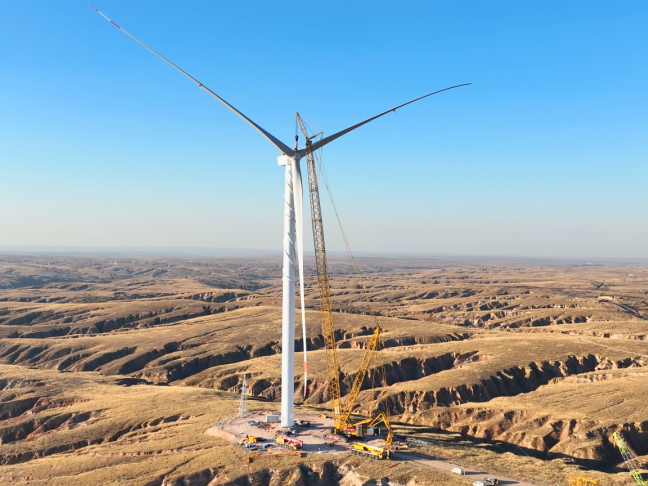
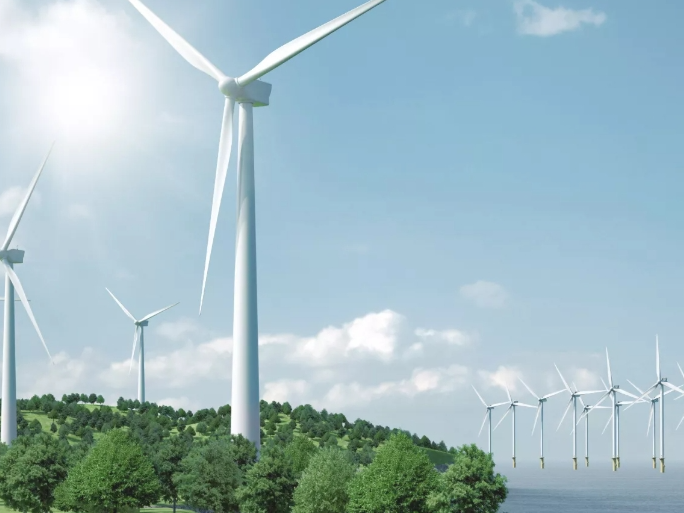
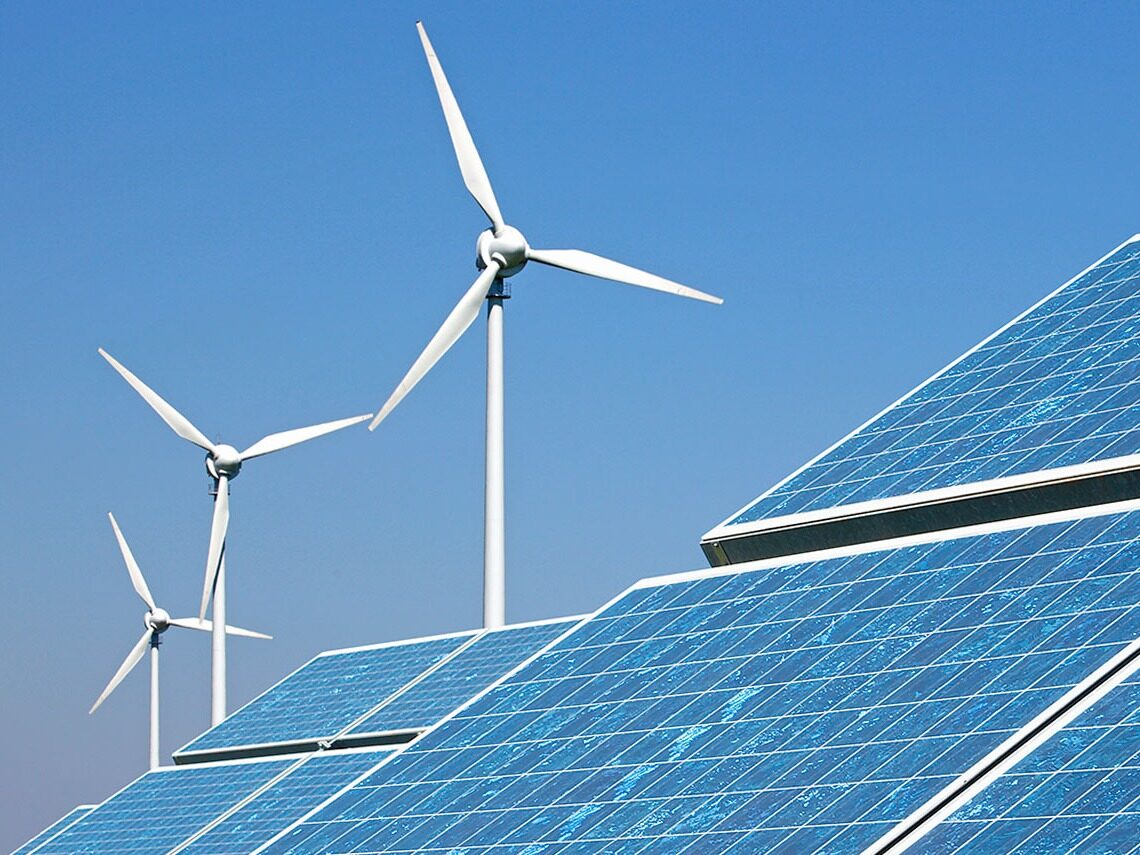
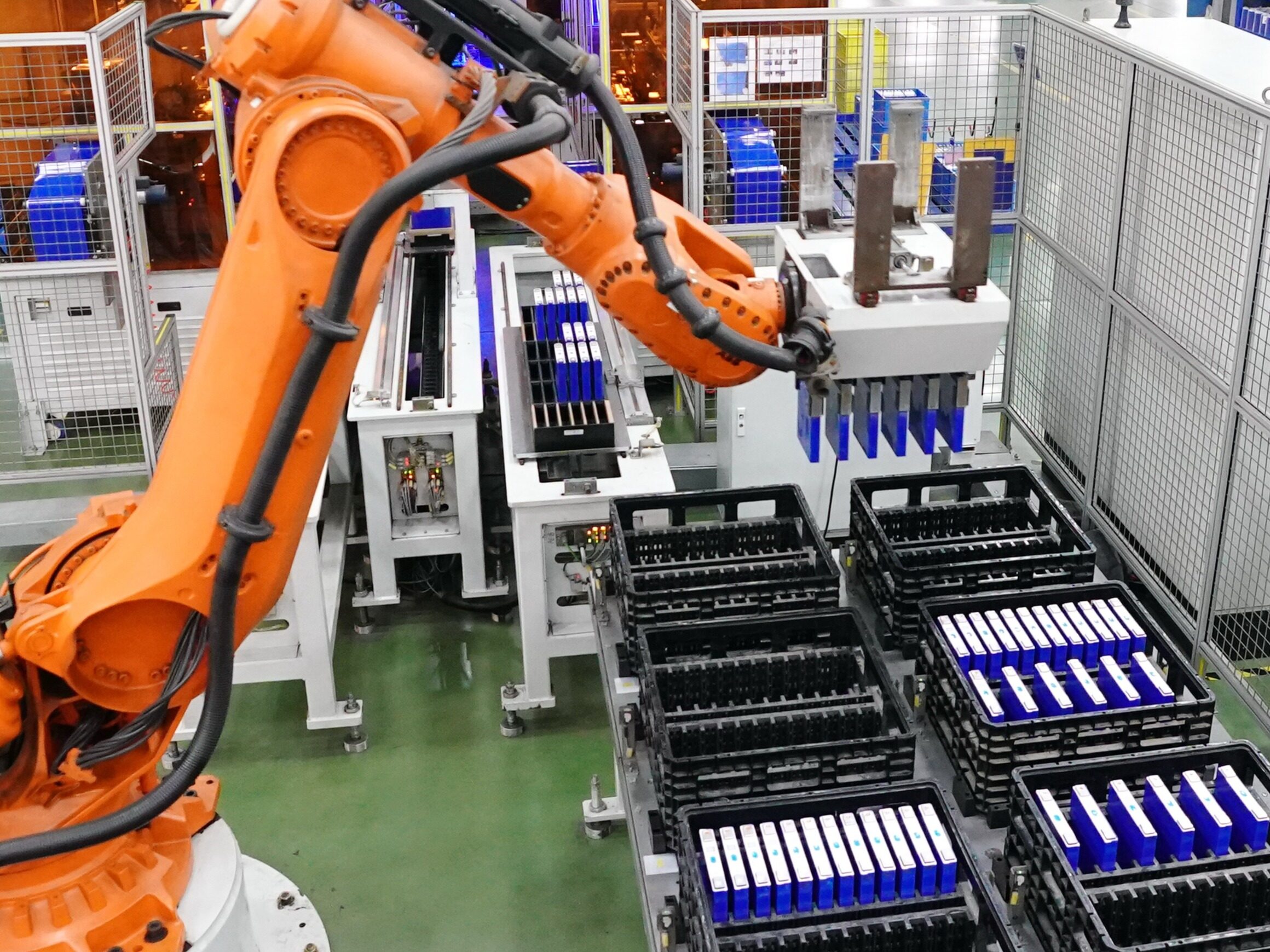
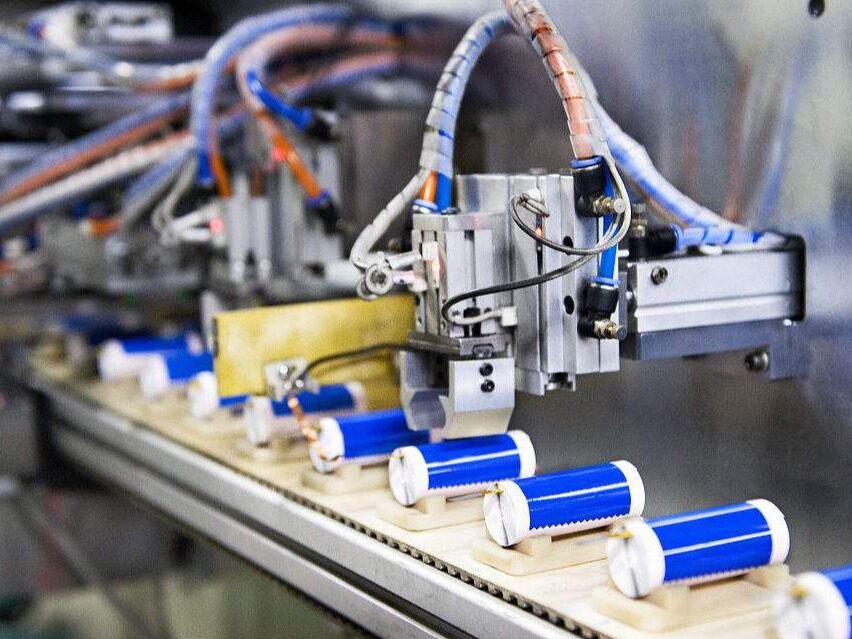






Write something~